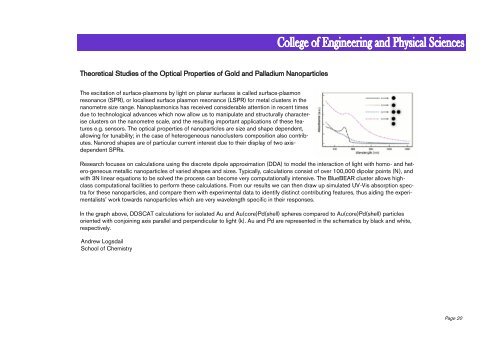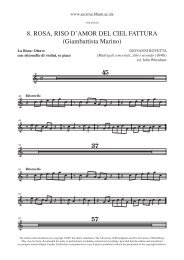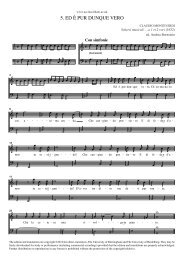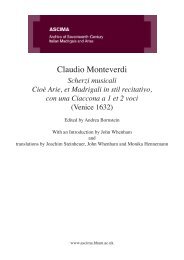Birmingham Environment for Academic Research - University of ...
Birmingham Environment for Academic Research - University of ...
Birmingham Environment for Academic Research - University of ...
- No tags were found...
Create successful ePaper yourself
Turn your PDF publications into a flip-book with our unique Google optimized e-Paper software.
Theoretical Studies <strong>of</strong> the Optical Properties <strong>of</strong> Gold and Palladium NanoparticlesThe excitation <strong>of</strong> surface-plasmons by light on planar surfaces is called surface-plasmonresonance (SPR), or localised surface plasmon resonance (LSPR) <strong>for</strong> metal clusters in thenanometre size range. Nanoplasmonics has received considerable attention in recent timesdue to technological advances which now allow us to manipulate and structurally characteriseclusters on the nanometre scale, and the resulting important applications <strong>of</strong> these featurese.g. sensors. The optical properties <strong>of</strong> nanoparticles are size and shape dependent,allowing <strong>for</strong> tunability; in the case <strong>of</strong> heterogeneous nanoclusters composition also contributes.Nanorod shapes are <strong>of</strong> particular current interest due to their display <strong>of</strong> two axisdependentSPRs.<strong>Research</strong> focuses on calculations using the discrete dipole approximation (DDA) to model the interaction <strong>of</strong> light with homo- and hetero-geneousmetallic nanoparticles <strong>of</strong> varied shapes and sizes. Typically, calculations consist <strong>of</strong> over 100,000 dipolar points (N), andwith 3N linear equations to be solved the process can become very computationally intensive. The BlueBEAR cluster allows highclasscomputational facilities to per<strong>for</strong>m these calculations. From our results we can then draw up simulated UV-Vis absorption spectra<strong>for</strong> these nanoparticles, and compare them with experimental data to identify distinct contributing features, thus aiding the experimentalists’work towards nanoparticles which are very wavelength specific in their responses.In the graph above, DDSCAT calculations <strong>for</strong> isolated Au and Au(core)Pd(shell) spheres compared to Au(core)Pd(shell) particlesoriented with conjoining axis parallel and perpendicular to light (k). Au and Pd are represented in the schematics by black and white,respectively.Andrew LogsdailSchool <strong>of</strong> ChemistryPage 20








